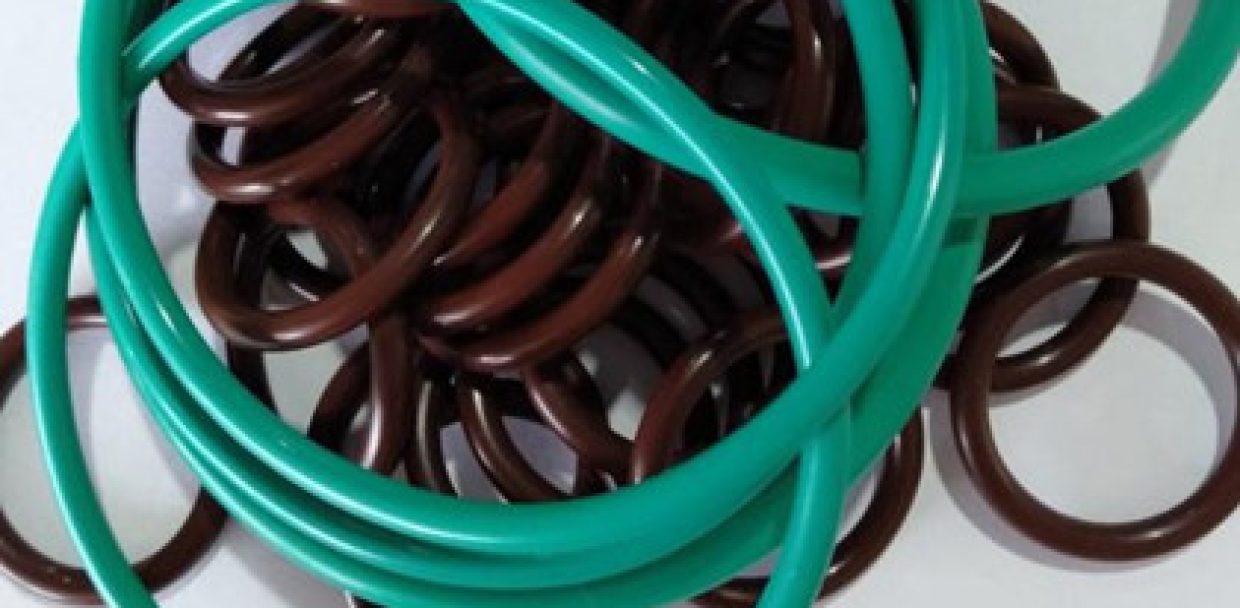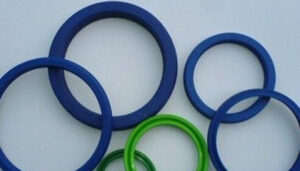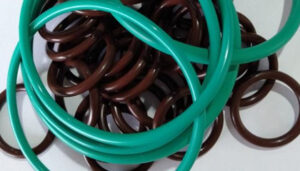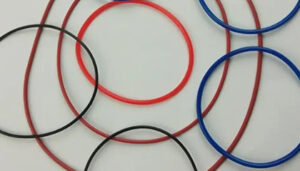O-rings are a common and widely used seal, often used for static or dynamic sealing to prevent leakage of liquids or gases. It has a variety of materials, sizes and hardness to choose from, and the correct selection is crucial to the sealing effect and service life. This paper will introduce its types and selection methods.
Types of products:
1, according to the material classification:
Nitrile rubber seal ring: It has good oil resistance, wear resistance and heat resistance, suitable for general industrial applications, especially in the hydraulic system, automotive industry and other fields widely used.
Ethylene propylene rubber sealing ring: It has good aging resistance to water, steam, oxygen and ozone, and is suitable for water supply pipes, automotive brake systems, etc.
Fluorine rubber ring: It has good high temperature resistance and chemical resistance, and is suitable for high temperature, high vacuum or chemical corrosion occasions.
Silicone rubber O-ring: It has excellent high temperature resistance and can be used in food, medical equipment and other industries.
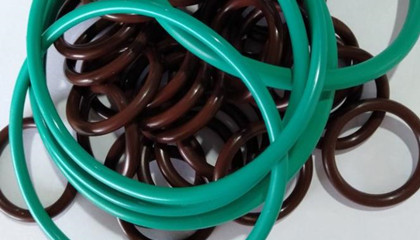
Polytetrafluoroethylene sealing ring: It has good resistance to temperature, corrosion and climate change, and is suitable for some special industries.
2, according to the hardness classification:
Ordinary hardness seal ring: usually hardness of 70 degrees, suitable for general sealing needs.
High hardness sealing ring: hardness of more than 90 degrees, suitable for high pressure sealing.
Selection method:
1, choose the right material: choose the right O-ring material according to the working conditions. For example, if the operating temperature is high, you can choose high-temperature FKM or silicone rubber materials; If the working medium is oil, you can choose NBR material with good oil resistance.
2, consider the hardness: the hardness of the sealing ring is usually expressed by “degree”, and the common hardness range is 70 degrees, 80 degrees, 90 degrees and so on. Under normal circumstances, the higher the hardness, the better the pressure resistance of the sealing ring, but the elasticity is poor. Select the appropriate hardness according to the specific sealing needs.
3, consider other special requirements: if the seal needs corrosion resistance, aging resistance, chemical resistance and other special requirements, you need to choose the corresponding material of the seal ring.
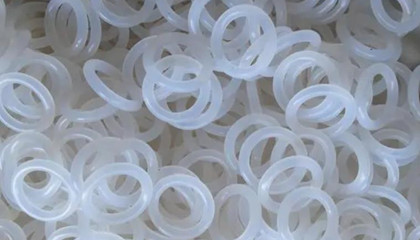
Common selection errors:
1, do not consider the hardness: some users only focus on the hardness of the O-ring, but ignore the impact of hardness on its elasticity and pressure performance.
2, do not pay attention to the working conditions: some users in the selection of only pay attention to the price, but ignore the impact of working conditions on the sealing ring. This may lead to the selection of the wrong material and hardness, resulting in poor sealing effect.
3, ignore the resistance of the material: some users do not know enough about the material resistance of the sealing ring, choose ordinary materials for special conditions, resulting in the performance of the sealing ring does not meet the requirements.
O-ring as an important seal, should master its type, and correct selection, in the selection process should also avoid common selection errors, to ensure the sealing effect and service life.

